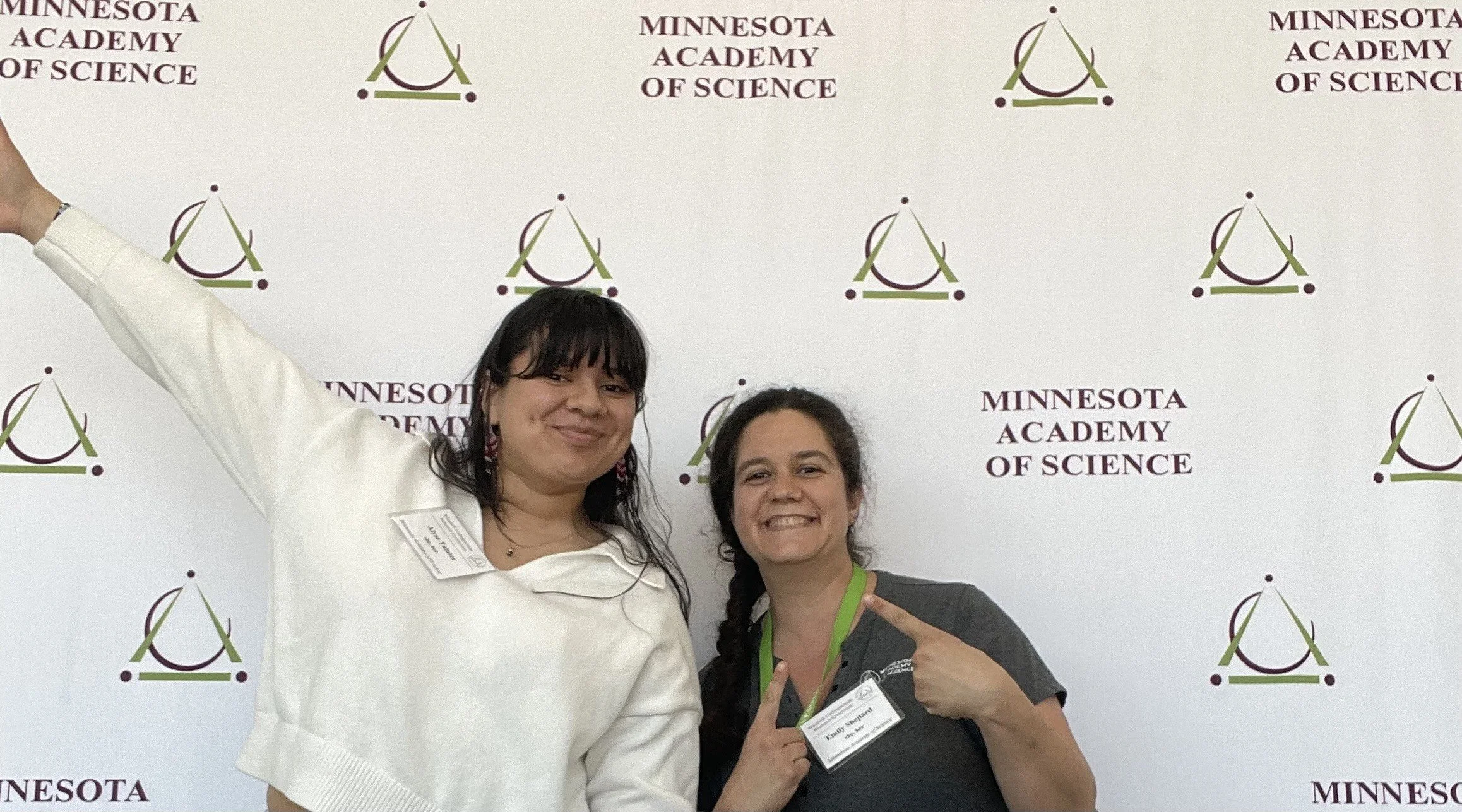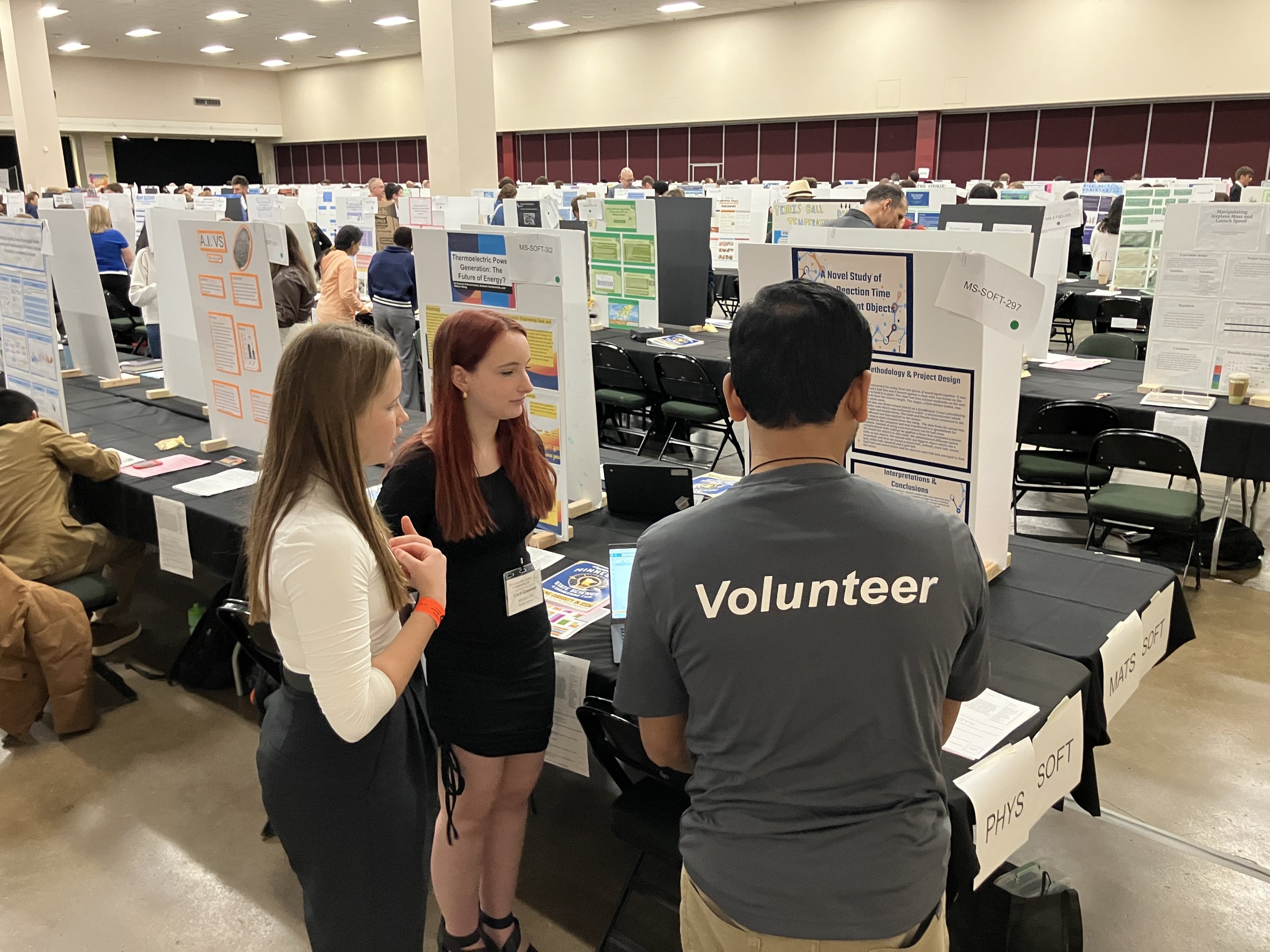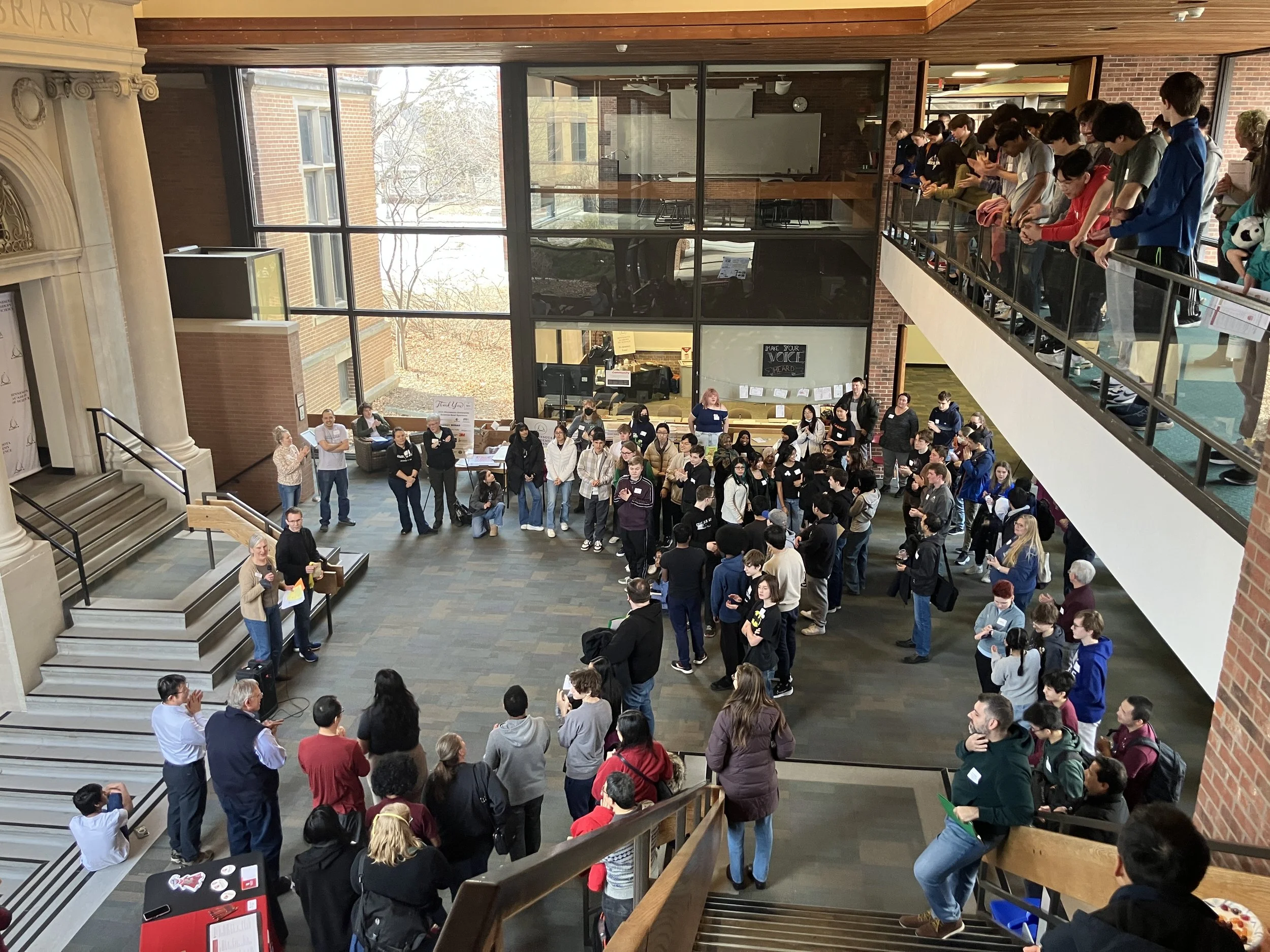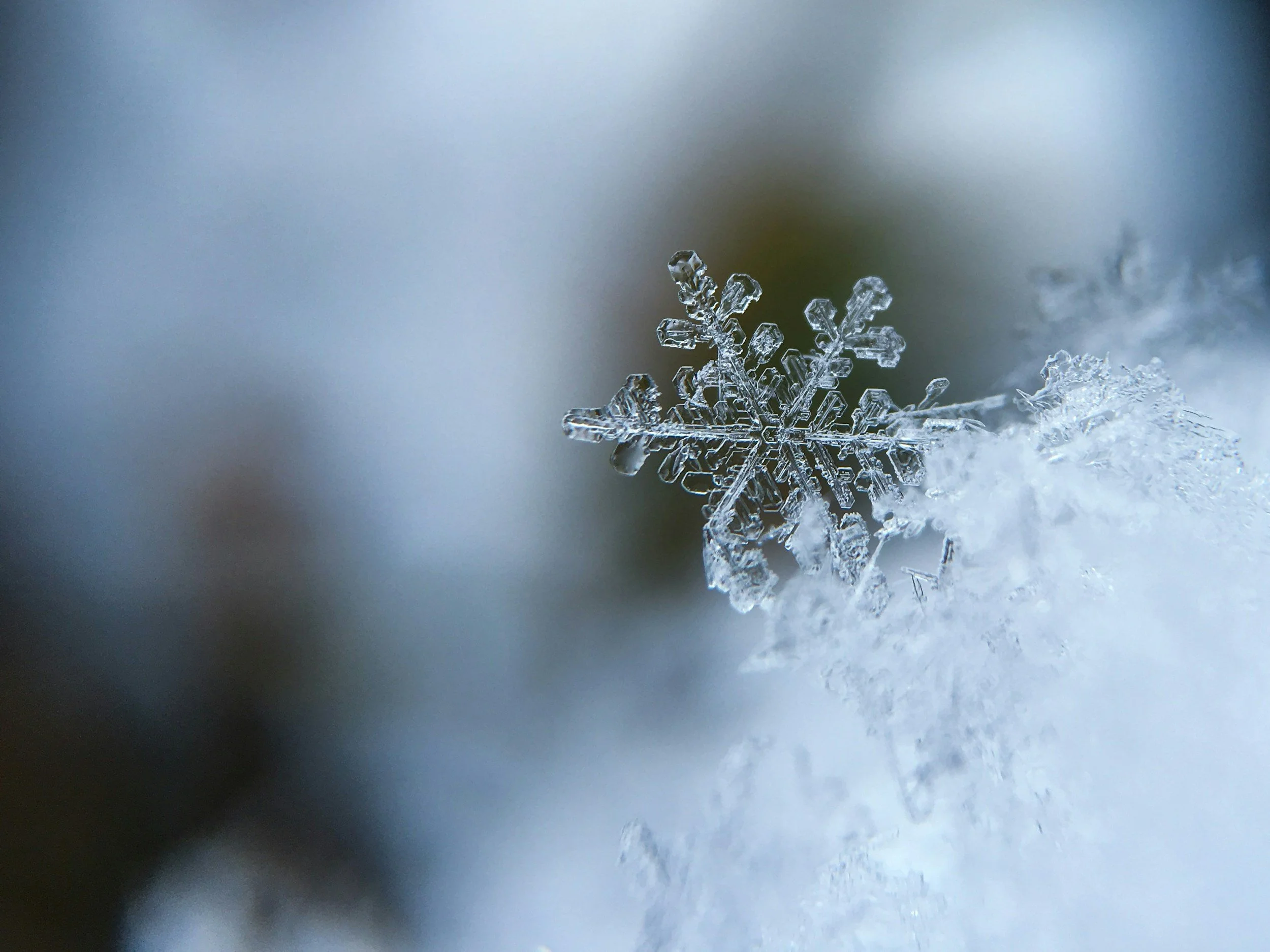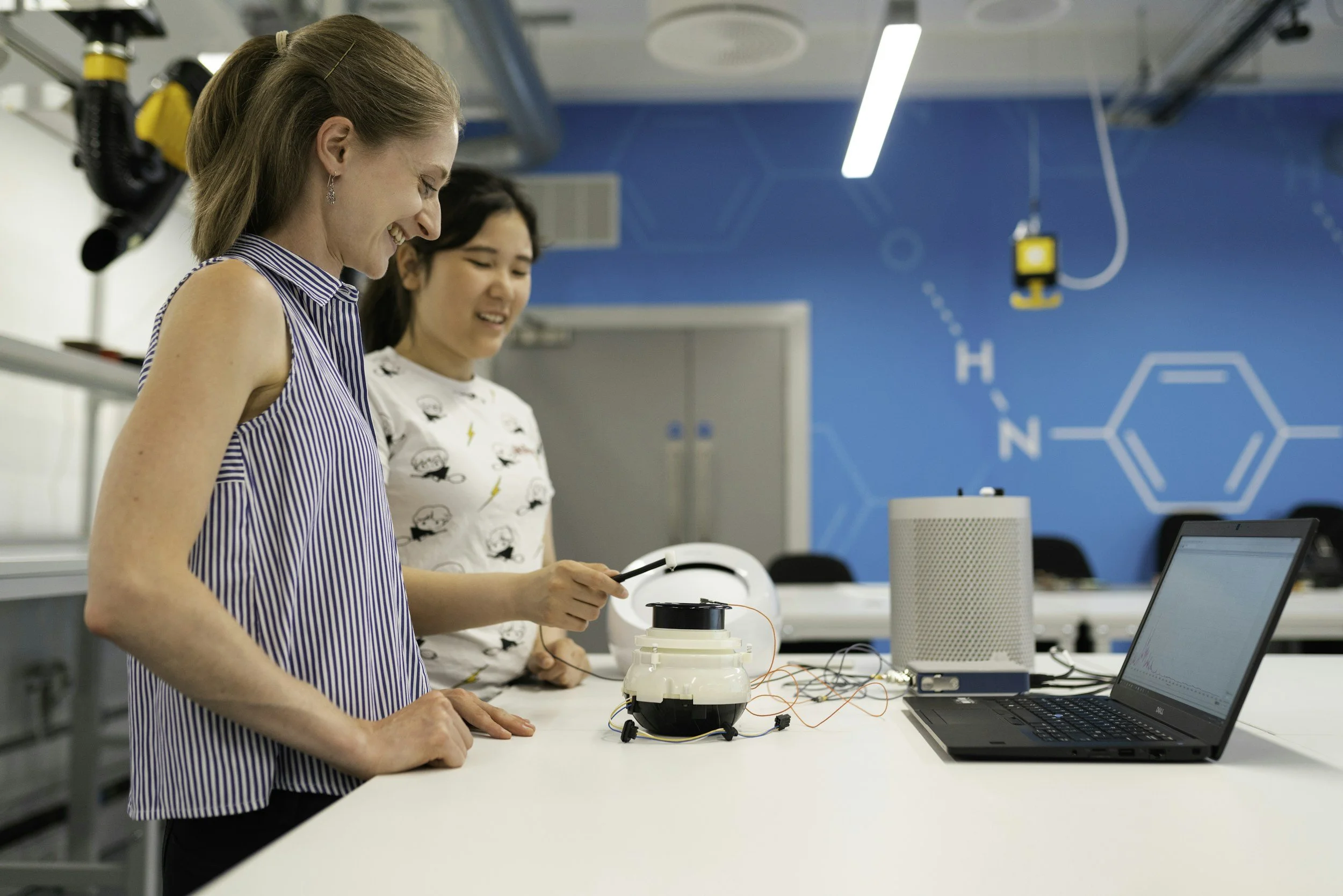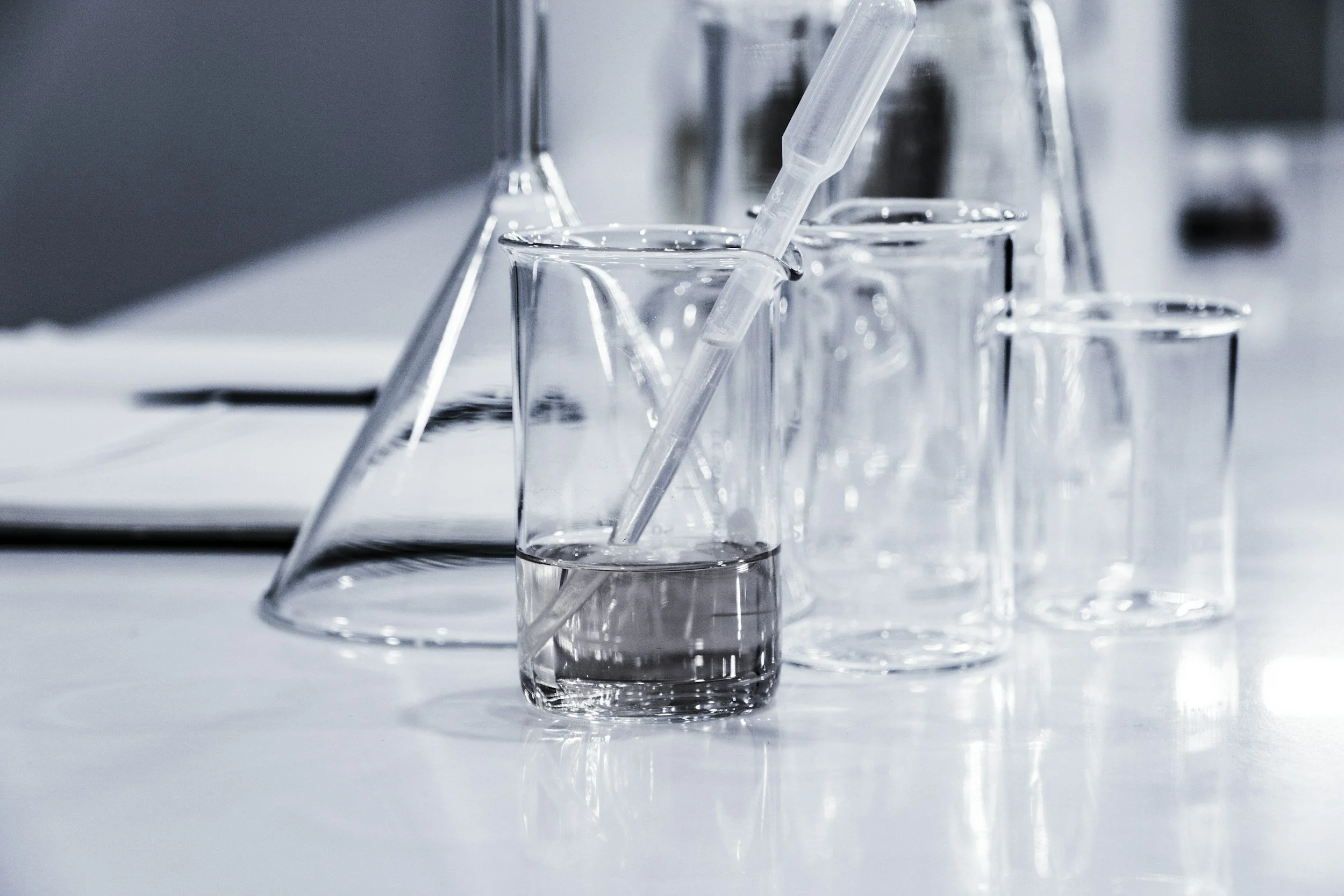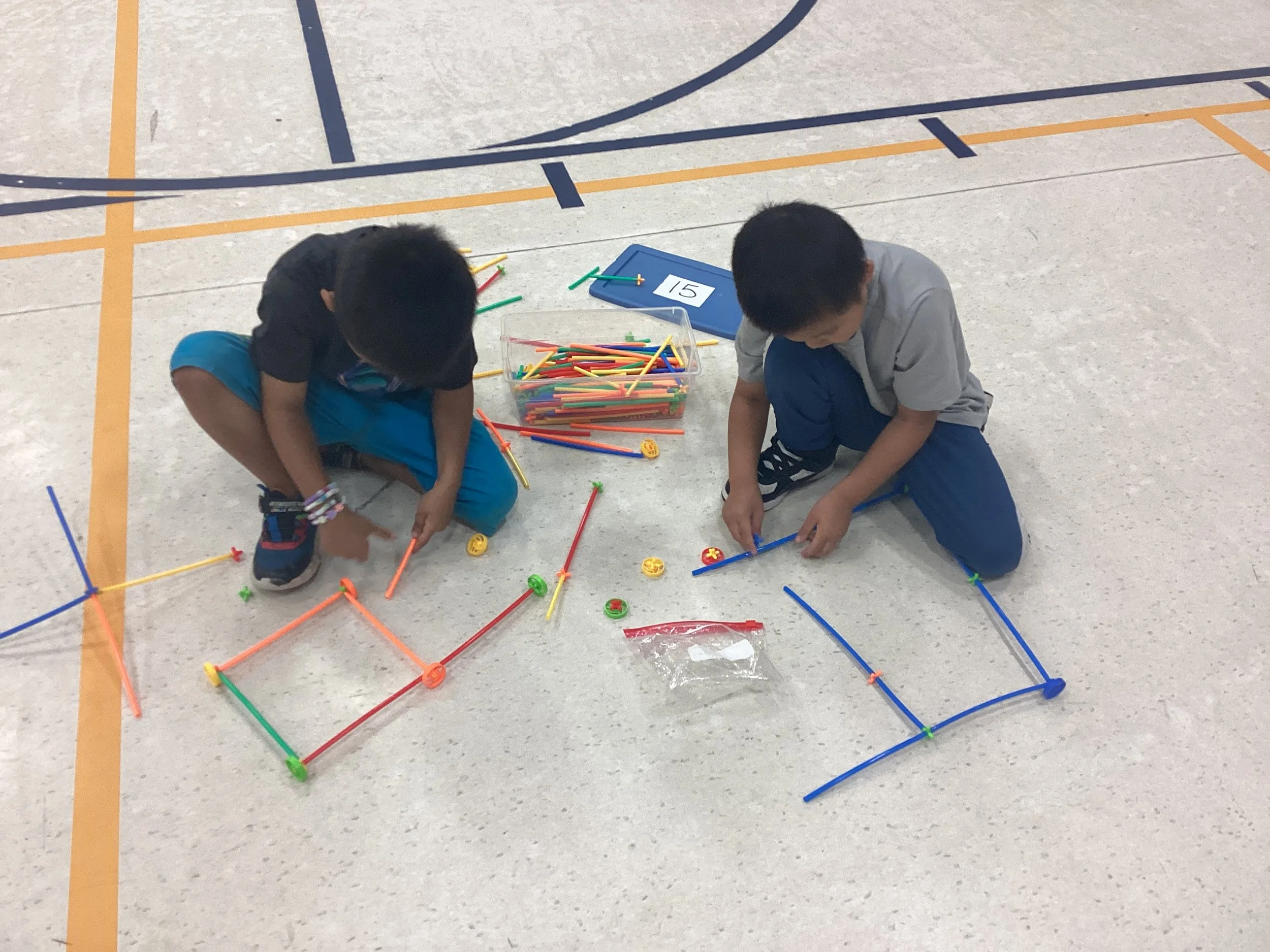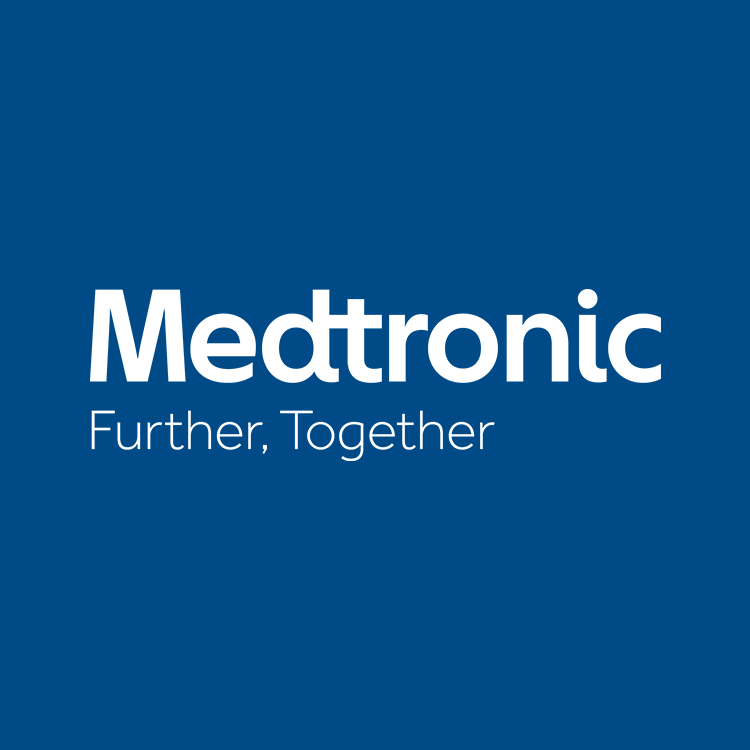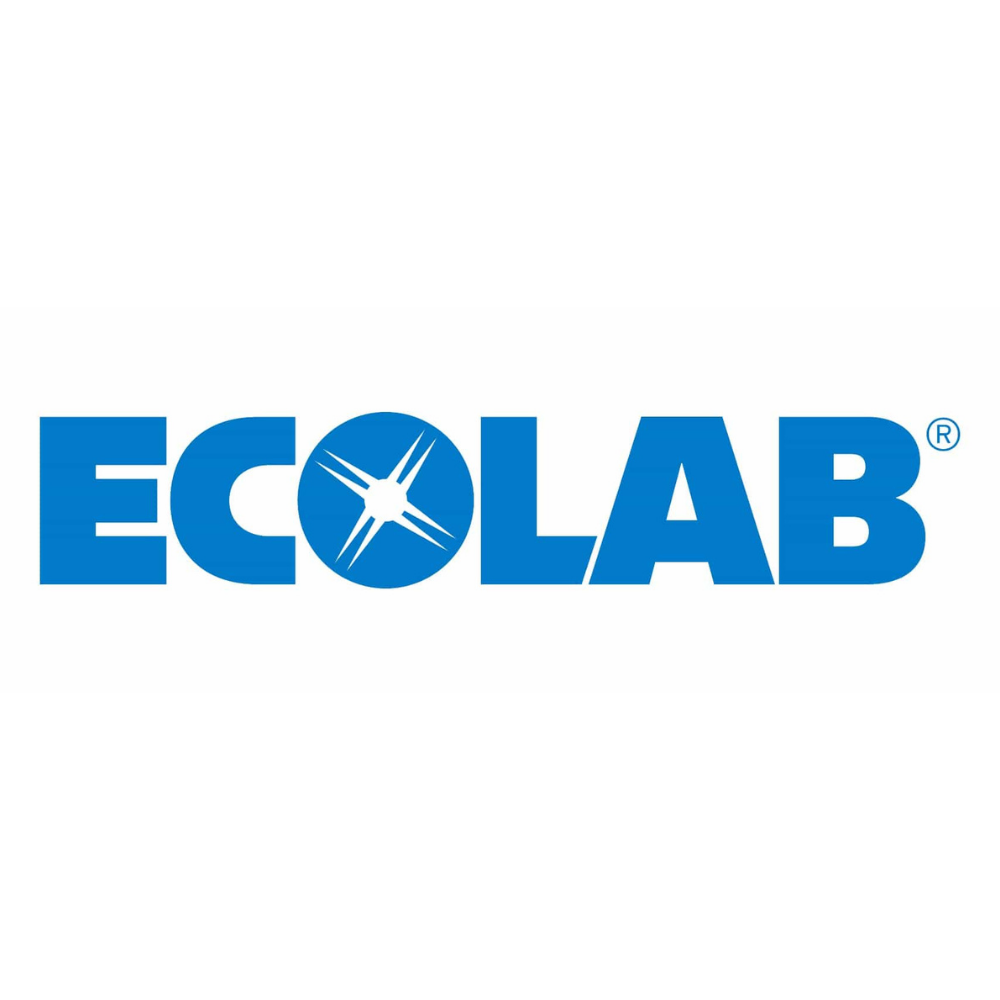Close on the heels of our September Science Salon, we hosted another on October 18th at Ecolab. Ecolab employs 1,600 scientists at 11 global research centers and eight regional tech centers, and holds around 6,700 patents, each of which is focused on clean water, safe food, abundant energy, and healthy environments.
Ecolab's Dr. Ruth Petran, Dr. Scott Burnett and Tony Erickson shared with us the work their team is doing with biofilms in the food and beverage industry: how they form, why they are harmful, and how to remove and prevent biofilms from forming in the machinery that our food comes into contact with.
Every year 1 in 10 people get sick with food-related illnesses worldwide. When you accumulate the sick time, that is 33 million healthy life years lost every year. Our food systems are not becoming less safe, but the incidents are more visible and we are better able to detect the types of pathogens causing illnesses and the sources of contamination.
The top 3 contributors to food-related sicknesses
Fish
Chicken
Dairy
Foodborne illnesses from fish and chicken generally come from improper preparation and cooking. Sicknesses attributed to dairy can often be traced back to inadequately cleaned and sanitized processing equipment. When cleaning procedures are not adequate, an accumulation of biofilm can occur. Ecolab has been working to discover how these biofilms form, how they react to removal/sanitization treatments, and what treatments or combinations of treatments work the best to eliminate these biofilms.
What exactly is a biofilm?
A biofilm is a group of microorganisms that stick to a surface. Think of the coating on your teeth when you wake up — that’s a biofilm. Part of the problem with biofilms is that when enough microorganisms congregate, they will express polymers, like a slime that creates an environment particularly suited to bacterial growth. If it gets big enough, pieces of the film can break off and move around, spreading the problem. Another trouble with the slime these biofilms create is that it protects the majority of the biofilm from many methods of sanitation. The bacteria on the surface might be taken care of, but everything underneath remains unaffected. The propagation of these biofilms is a problem the entire food industry sees. It causes problems in the tubes of the machinery used to milk cows and in the nooks and crannies of processing plants. It’s even impacting the food retail and food services aspects of the industry, such as beverage dispensers and cooling towers.
What has Ecolab been doing to help their customers combat these biofilms?
Traditional Clean-In-Place systems (i.e., you don’t take it apart and scrub it down, common in industrial scale food processing plants) that use detergents often leave some biofilm behind, and it is quick to rebound. So Ecolab has developed a process using something that works a little like scrubbing bubbles. The chemicals that are used cause a reaction that physically breaks apart the biofilm so the sanitizer can then penetrate through to the surface and kill any remaining bacteria. Ecolab also works with customers to better prevent these films from developing in the first place. They help evaluate the sanitary design of plants and identify places where bacteria can accumulate, making sure parts are being replaced on the correct schedule, and ensuring Clean-In-Place systems are operating effectively and efficiently.
In this Science Salon, the Ecolab team showed us how they are better able to find ways to clean their customer’s equipment, enabling the food industry to provide us with safe, high quality food.










